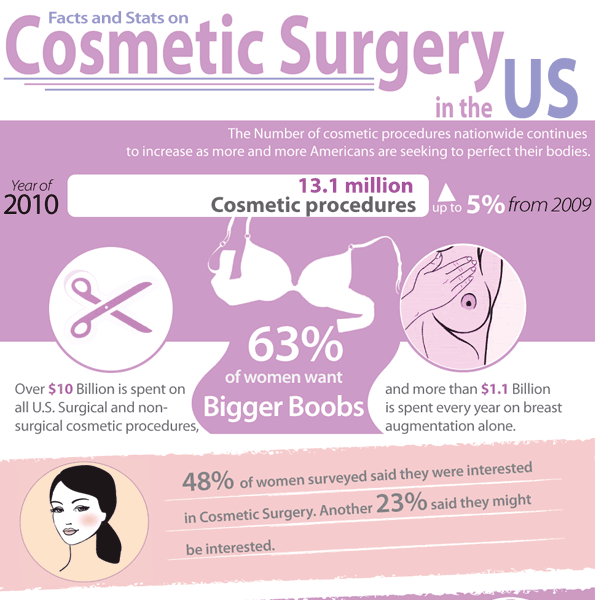Best Acne Treatments For Sensitive Skin
Best Acne Treatments For Sensitive Skin
Blog Article
Hormonal Acne - What is Hormone Acne?
Hormone acne is defined by blocked pores and oily skin that normally appears on the chin and jawline. It occurs when hormone modifications set off inflammation and microbial overgrowth within hair roots.
Breakouts may look like whiteheads, blackheads, papules or pustules and cysts or blemishes in extra extreme cases. It is more common in teens going through puberty however can impact grownups of any type of age.
What Creates Hormone Acne?
While acne can be brought on by a selection of variables, consisting of using hair and skin care products that aren't oil-free or made with ingredients that could clog pores, genetic tendency, diet plan,2 and tension, the source is changing hormonal agents. Hormone acne happens when the body experiences hormone adjustments and changes that result in an overproduction of sebum, which causes inflammation, enhanced growth of germs and changes in skin cell activity.
Hormonal acne is frequently found on the lower jawline, cheeks and neck but can show up anywhere on the body. It is identified by imperfections that are cystic, painful and filled with pus or various other product. It is additionally more probable to happen in women than males, specifically throughout adolescence, the menstrual cycle, pregnancy or menopause.
Age
While numerous youngsters experience acne at some point during the age of puberty, it can remain to pester adults well into adulthood. Known as hormone acne, this kind of breakout is tied to changes in hormones and is generally most common in women.
Hormone acne occurs when oil glands generate way too much sebum, which blocks pores and traps dead skin cells. This results in the formation of blemishes, such as whiteheads, blackheads and papules, pustules, cysts or nodules, deep under the surface.
This type of blemish usually creates discomfort, inflammation and inflammation. It may additionally be intermittent and show up around the exact same time each month, such as right before your duration begins. This is since levels of female hormonal agents like progesterone and oestrogen change with each menstrual cycle.
Menstrual Cycle
Hormonal acne generally appears in the reduced part of your face, along the jawline and cheeks, as whiteheads, blackheads or inflammatory pimples (pimples and cysts). It's more than likely to show up around the time when your menstruation changes.
Especially around ovulation, when estrogen and progesterone degrees get on the increase, hormone variations can trigger breakouts. Yet it's likewise possible to obtain acne at any type of point throughout your 28-day menstrual cycle.
If you notice that your hormone acne flares up right prior to your duration, try noticing when exactly this happens and see if it connects to the phases of your 28-day menstruation. This will certainly assist you pinpoint the origin of your skin problems. For instance, you may intend to service balancing your blood sugar and removing high-sugar foods, or think about a prescription medication like spironolactone that can manage your hormonal agents.
Pregnancy
Expanding an infant is a time of dramatic hormonal adjustments. For numerous females, this includes a flare-up of hormonal acne. This sort of breakout typically starts in the first trimester, around week 6. It's triggered by hormone rises that stimulate sebaceous glands to make even more oil, which can clog pores and create more microorganisms to develop.
Outbreaks may also happen as a result of pre-existing conditions like polycystic ovary disorder, which can likewise be an issue during pregnancy and menopause. Also, some kinds of birth control pills (such as Ortho Tri-Cyclen and YAZ) can set off hormone acne in some ladies.
Thankfully, a lot of acne treatments are "no-go" for expectant ladies (consisting of prominent acne-fighting components such as isotretinoin and spironolactone). Yet if you can't stay clear of those bothersome bumps, your doctor might prescribe dental erythromycin or cephalexin, which are risk-free while pregnant.
Menopause
As women come close to menopause, the estrogen levels that triggered their hormone acne to flare up throughout adolescence start to stabilize and reduce. At the same time, nonetheless, a spike in androgens (likewise called male hormones) happens since these hormonal agents can not be exchanged estrogen as effectively as before.
The excess of androgens can set off oil production by the sebaceous glands, which clogs pores. When the clogged up pores come to be swollen and aggravated, a pimple types.
Hormone acne is commonly seen on the face, specifically around the chin and jawline, yet it can take place on the neck, back, shoulders, or breast. This kind of acne has a tendency to flare up in a cyclical pattern, similar to the menstruation. Stress, which raises cortisol and tosses hormonal agents website out of equilibrium, additionally adds to the outbreaks.